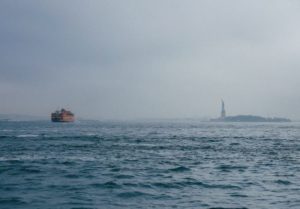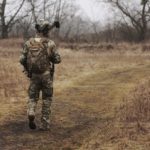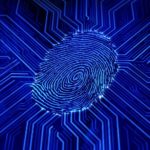
The United States Navy has begun using biometric signatures for their recruitment process in an effort to increase speed and efficiency, and reduce the amount of paper used when enlisting Sailors.
Prior to October 1st, Navy recruitment officers were required to obtain a ‘wet’ signature – using pen and ink on paper – on numerous different forms as part of the enrolment process for new Sailors. This meant they had to print out the required forms, get the signature from the recruit, and then scan the signed documents to upload them back into the recruitment file.
“The key thing is, if you wet sign something, it’s got to be scanned and uploaded. Before you scan it, you have to print it,” said Gary Morse, assistant project coordinator for the Personalized Recruiting for Immediate and Delayed Enlistments (PRIDE) application where the biometrics project has been managed. “If our goal is to add 40-45,000 Sailors to our system and it takes us processing nearly 60,000 people to do that, it’s a lot of paper, a lot of ink and a lot of wear and tear on printers. So we can cut that down to where we’re no longer doing all of that printing and scanning, and we save the time that it takes.”
They also would have to print multiple copies of the recruitment kit –which was 150 pages long — resulting in approximately 600 sheets of paper per recruit.
The transition to the use of biometric signatures means that these documents can be kept in their digital format, and recruits only need to scan and register two fingerprints before they can digitally sign wherever the forms require them to do so.
They are also no longer required to bring a physical copy of their 150 page recruitment kit with them to boot camp, as all of their files can be kept in their digital format. New Sailors now only require three pieces of paper: their orders, their meal pass, and their medical form.
Approximately 60,000 potential recruits are processed annually, and as of November 1st, Navy Recruiting Command had processed over 700,000 forms using the new biometric method.
–
November 15, 2019 – by Tony Bitzionis







Follow Us